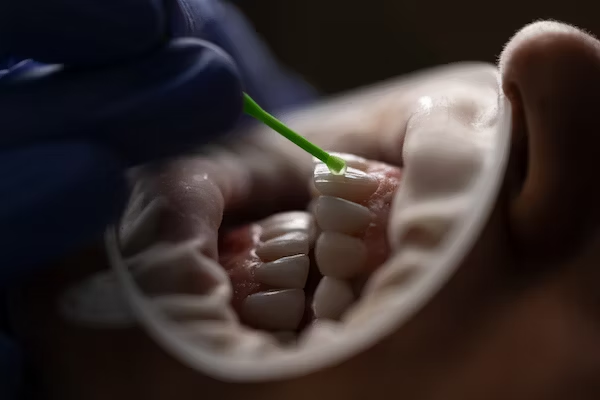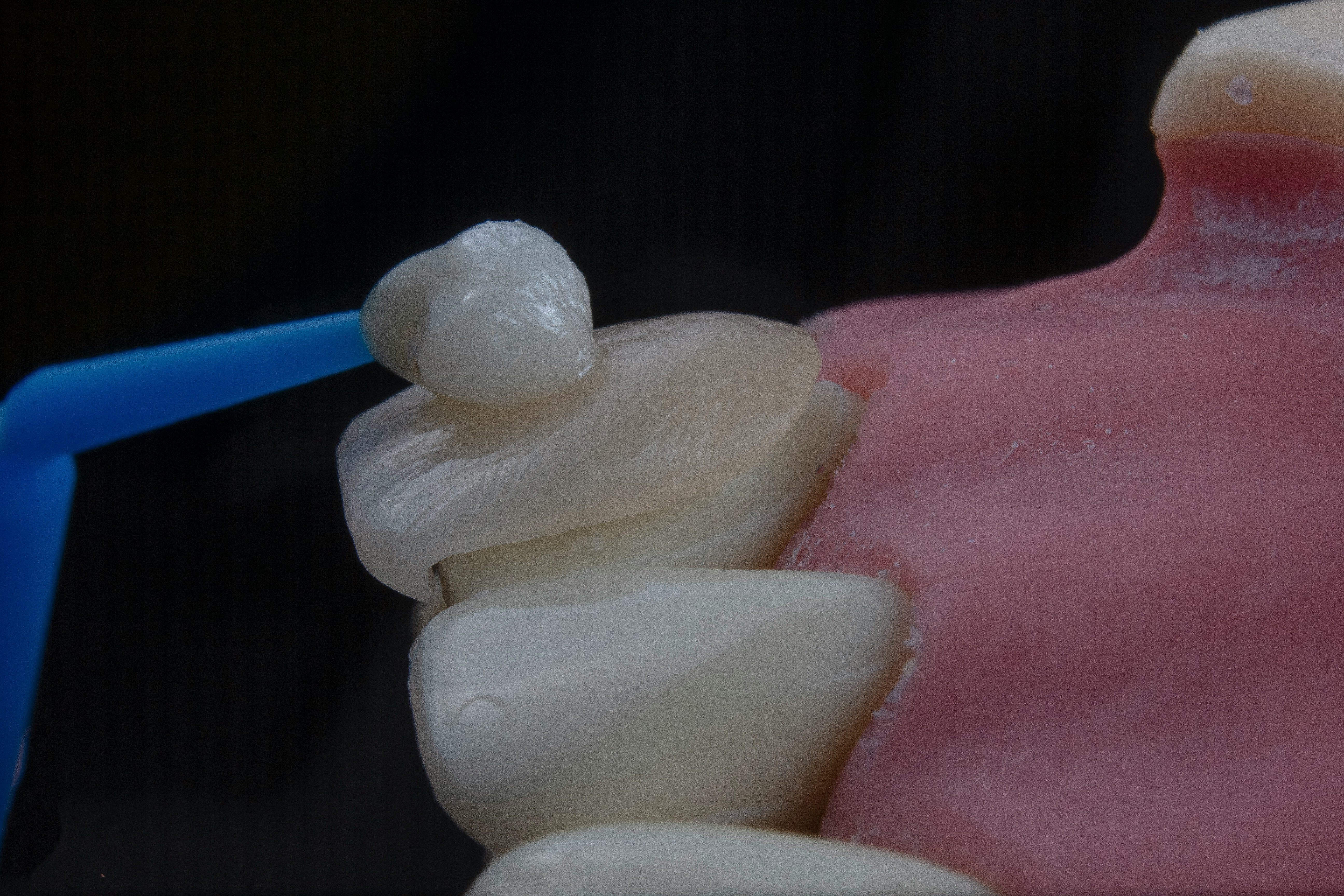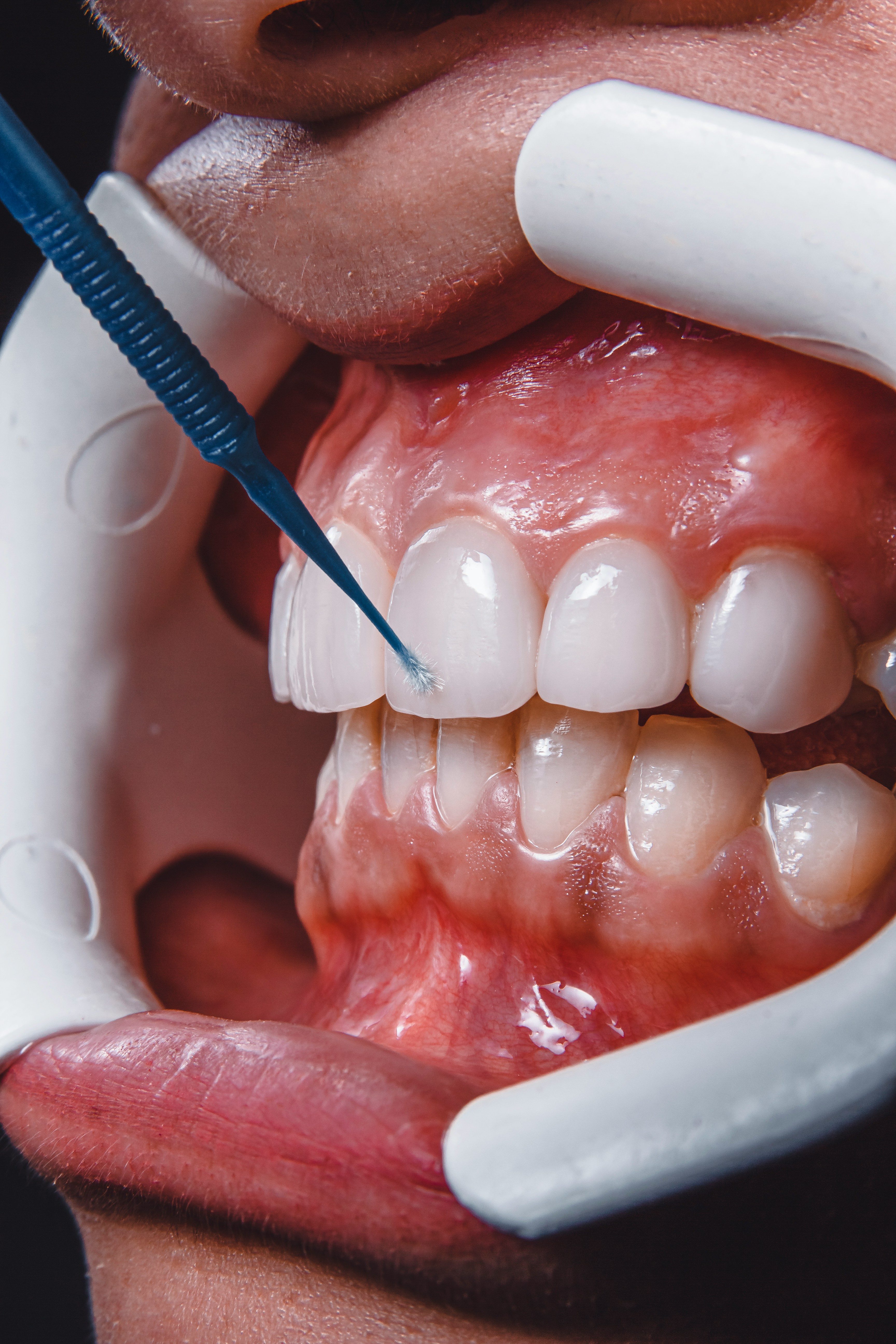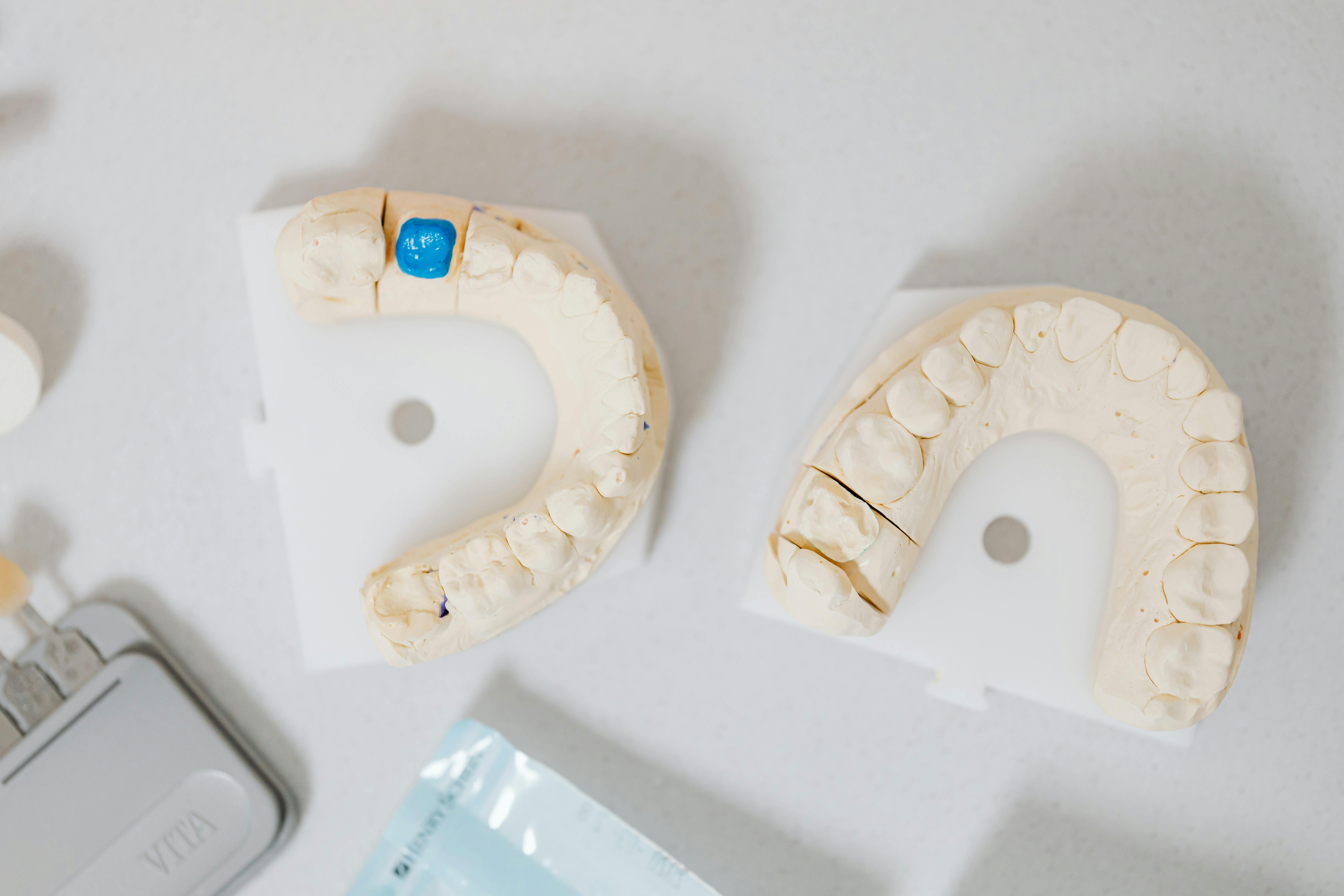Guide to Understanding and Preventing Gum Disease
Holistic Guide to Understanding and Preventing Gum Disease
What is Gum Disease?
Gum disease is an infection of the tissues that surround and support your teeth. It is typically caused by the accumulation of plaque — a sticky film of bacteria that forms on teeth. If plaque is not removed through regular brushing and flossing, it can harden into tartar, leading to inflammation and infection of the gums.
Stages of Gum Disease
Gingivitis
Gingivitis is the early stage of gum disease and is characterized by red, swollen gums that may bleed easily during brushing or flossing. Fortunately, at this stage, gum disease is reversible with proper oral hygiene and professional dental care.
Periodontitis
If gingivitis is left untreated, it can progress to periodontitis. In this stage, the supporting bone and fibers that hold your teeth in place are damaged. Gums may form pockets that trap plaque and bacteria, leading to further deterioration. Periodontitis requires more intensive dental intervention to prevent tooth loss and manage the infection.
Advanced Periodontitis
This is the most severe stage of gum disease, where the fibers and bone supporting your teeth are destroyed. This can lead to teeth shifting or loosening. In some cases, tooth loss may occur. Advanced periodontitis requires immediate and comprehensive dental treatment.
Causes of Gum Disease
Poor Oral Hygiene
Inadequate brushing and flossing allow plaque to accumulate, leading to gum inflammation and disease. Maintaining a consistent oral hygiene routine is crucial in preventing gum disease.
Tobacco Use
Smoking or using tobacco products increases the risk of gum disease. It also hinders the success of certain treatments, making smokers more prone to severe gum issues.
Poor Nutrition
A diet lacking in essential nutrients can compromise the immune system and make the gums more susceptible to infection. Vitamin C, in particular, plays a vital role in gum health.
Medical Conditions
Certain medical conditions like diabetes and autoimmune disorders can increase the risk of gum disease. Medications that reduce saliva flow can also contribute to the development of this condition.
Symptoms of Gum Disease
- Red, Swollen Gums: Healthy gums should be pink and firm. If your gums are red, swollen, or tender, it may be a sign of gum disease.
- Bleeding Gums: Gums that bleed during brushing or flossing are an early indicator of gum disease, specifically gingivitis.
- Bad Breath: Persistent bad breath that doesn't improve with oral hygiene may be a sign of advanced gum disease.
- Receding Gums: As gum disease progresses, the gums may recede, making teeth appear longer.
- Changes in Tooth Alignment: Shifting or loosening of teeth can occur in advanced stages of gum disease.
Prevention and Treatment
Good Oral Hygiene
Regular brushing and flossing are the most effective ways to prevent gum disease. Use an antiseptic mouthwash to reduce plaque and bacteria.
Regular Dental Check-ups
Routine dental examinations and cleanings are essential for detecting and addressing gum disease in its early stages.
Healthy Lifestyle
Avoid tobacco use, eat a balanced diet rich in nutrients, and manage conditions like diabetes to reduce the risk of gum disease.
Professional Treatments
In cases of advanced gum disease, professional treatments such as scaling and root planing, antibiotics, or surgery may be necessary.
Conclusion
Understanding gum disease is crucial for maintaining optimal oral health. By recognizing the signs, addressing risk factors, and adopting good oral hygiene practices, you can significantly reduce the likelihood of developing gum disease. Regular dental check-ups play a pivotal role in early detection and effective management, ensuring a healthy and vibrant smile for years to come.
Ready to prioritize your oral health? Contact our team at Gargi's Dental Care for personalized guidance and expert dental care. Schedule a consultation today to ensure a healthy and radiant smile.





.jpg)




